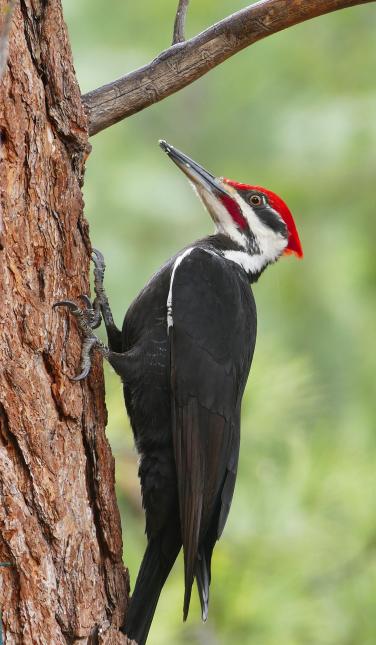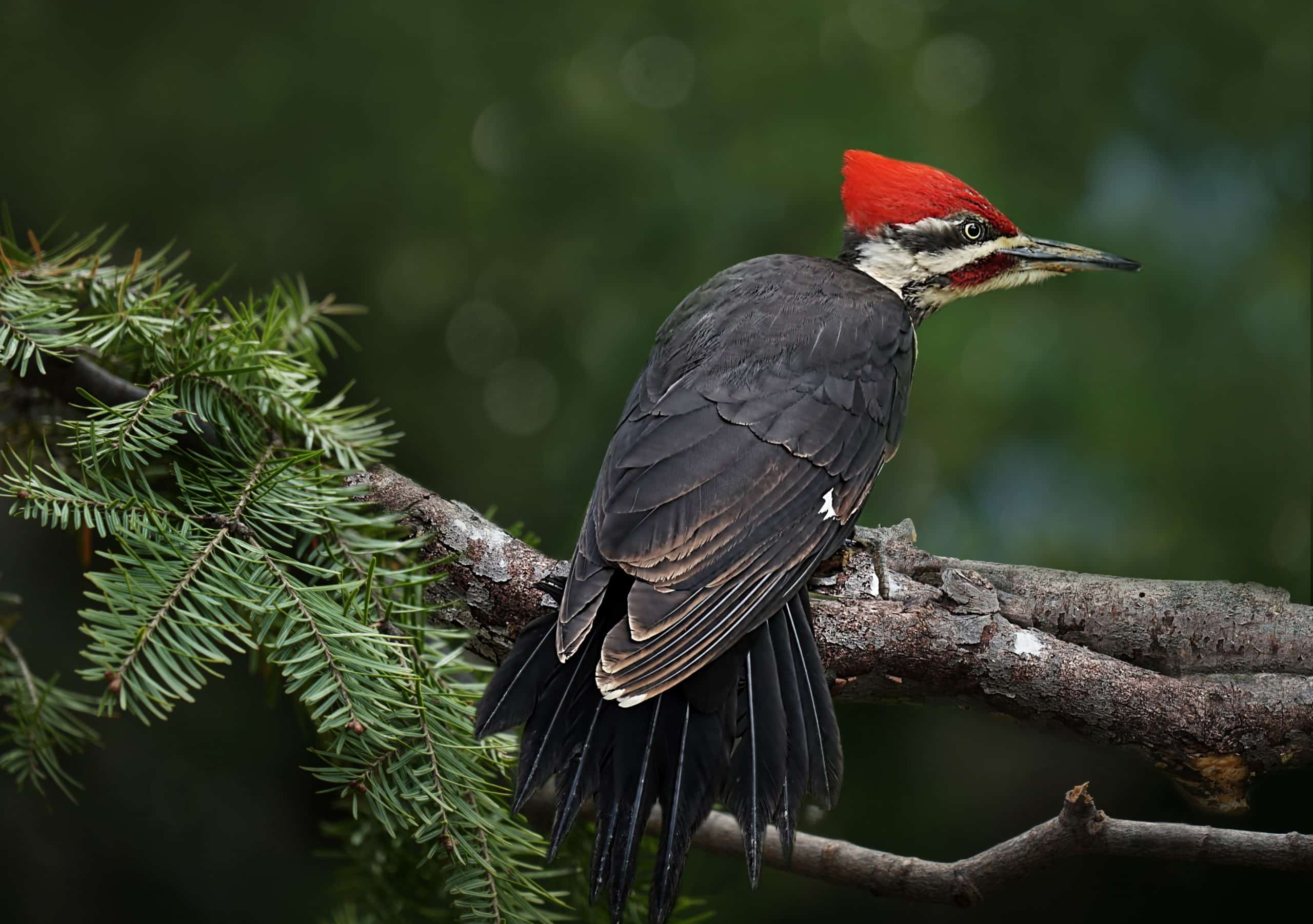Observing Woodpeckers in Florida: Variety Diversity and Distribution
Observing Woodpeckers in Florida: Variety Diversity and Distribution
Blog Article
Woodpeckers Unleashed: Discovering the Wonders of These Skilled Tree Climbers
Woodpeckers, with their distinct markings and rhythmic drumming resembling via wooded areas, hold a distinct area in the avian world. Their specialized makeup and adjustments enable them to browse upright surfaces with exceptional ability. Nonetheless, their proficiency of tree climbing is simply one facet of their interesting actions. As we look into the complex details of woodpeckers' nesting behaviors, feeding methods, and the ongoing conservation initiatives to shield these remarkable birds, a deeper recognition for their place in nature unravels.
Anatomy and Adaptations
When examining the composition and adjustments of woodpeckers, one can observe exceptional features that allow these birds to grow in their specialized eco-friendly specific niche. Woodpeckers are furnished with a suite of distinct physiological attributes that aid them in their woodpecking habits. One of the most prominent features is their solid, chisel-like beak, which is specialized for exploration into wood to discover insects or develop nesting dental caries. This beak is sustained by strong neck muscles and an extremely established head structure that serves as a shock absorber, permitting woodpeckers to continuously peck at trees without creating mind injury. Additionally, woodpeckers have zygodactyl feet, with 2 toes dealing with ahead and 2 encountering in reverse, supplying a company grip on tree trunks while they look for food or drum for communication.
In addition, woodpeckers have a distinct tongue structure that is long, barbed, and sticky, enabling them to draw out insects from gaps in timber. This specific adaptation allows woodpeckers to manipulate a food resource that is inaccessible to many various other bird varieties. On the whole, the anatomy and adjustments of woodpeckers display the impressive transformative options that have actually permitted these birds to prosper in their arboreal habitat.
Drumming Actions
Having discovered the makeup and adaptations of woodpeckers, the emphasis now changes to comprehending their drumming behavior, a distinct aspect of their communication and territorial display screens. Drumming is a vital type of communication amongst woodpeckers, offering multiple purposes such as developing areas, drawing in companions, and signaling alarm. Each woodpecker varieties has an one-of-a-kind drumming pattern that helps individuals identify members of their own varieties and identify them from competitors or killers.
Woodpeckers create drumming noises by quickly pecking on resonant surfaces such as dead trees, utility posts, and even steel objects, producing a series of balanced beats. The intensity and speed of drumming can differ based on the purpose; for example, a fast drumming series may signify aggression towards trespassers, while a slower and softer drumming pattern could suggest courtship (Woodpeckers in Florida). Furthermore, woodpeckers might adjust the frequency and period of their drumming to convey specific messages properly
Nesting Practices
Discovering the nesting routines of woodpeckers reveals remarkable insights into their reproductive habits and environment choices. Woodpeckers are known for their one-of-a-kind nesting advice choices, often excavating dental caries in trees to develop protected spaces for increasing their young. These tooth cavities serve not just as a nesting website yet also as a safe and secure refuge from predators and inclement weather.
Woodpeckers exhibit a high degree of fidelity to their nesting sites, frequently returning to the very same area every year. This behavior highlights the value of appropriate environment accessibility for their reproductive success. The choice of a nesting site is vital for woodpeckers, with variables such as tree varieties, height, and degeneration click this link phase playing substantial functions in their decision-making procedure.
Surprisingly, some woodpecker varieties are understood to dig deep into several cavities within their region, giving themselves with alternate nesting options. This method may serve as a type of insurance policy versus possible hazards or disturbances to their key nesting website.

Feeding Techniques
One of the most distinct feeding habits of woodpeckers is drumming, which entails quick pecking on trees to discover pests underneath the bark. Woodpeckers are also known to dig deep into tooth cavities in trees to access concealed insect larvae or sap. Some types, like the acorn woodpecker, shop nuts in particularly created holes called granaries.
Preservation Efforts
Amidst the elaborate feeding strategies showed by woodpeckers, the conservation efforts focused on securing these remarkable birds play a crucial function in protecting their environments and populaces. Woodpeckers face various hazards to their survival, consisting of habitat loss due to logging, climate change altering their ecosystems, and accidents with manufactured structures such as structures and lorries - Woodpeckers in Florida. Guardians are actively functioning to attend to these obstacles and make certain the lasting wellness of woodpecker varieties

Education and learning and public awareness campaigns are also essential parts of woodpecker conservation initiatives. By elevating understanding concerning the value of these birds in maintaining healthy and balanced woodland this article environments, guardians can gather support for habitat preservation efforts and promote liable land management techniques. With collaborative efforts between scientists, policymakers, and local areas, we can work together to safeguard a future where woodpeckers thrive in their natural habitats.
Conclusion

Report this page